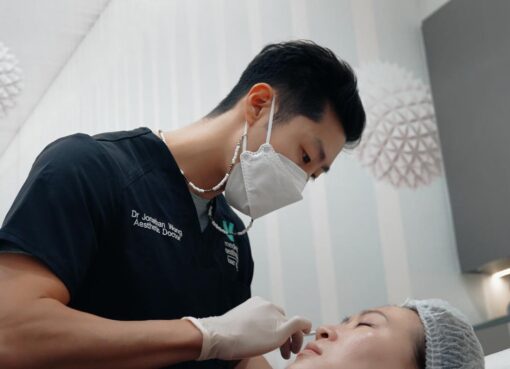In drug development, pre-clinical development is also known as pre-clinical studies and Nonclinical studies. The main goals of pre-clinical studies are to determine the safe dose and assess a new products safety profile. Products include medical device, drugs, gene therapy solution and diagnostic tools. Phases of drug development involving new drugs are commonly classified into four phases. This classification is made to think of early phase studies and late phase studies which would be helpful for research. Let us understand the type of studies carried out in pre-clinical research.
Types of studies in pre-clinical trials:
The main goal of pre-clinical research is to collect sufficient data and establish the safety profile of the new drug or treatment. In order to fulfil this objective, various types of studies are carried out in a pre-clinical research.
1: Screening test:
The screening test is to determine the presence or absence of a particular pharmacodynamics activity in a new drug.
2: Test on isolated organs and bacterial culture:
Preliminary tests should be conducted to determine specific activities in a new drug like anti-histaminic, anti-bacterial etc. Healthy organs which are isolated from dead animals or bacteria culture are used for this test.
3: Test on animal models:
Animal models like a rat, pig, and mouse are used to determine the actual effects of a new drug in a live Organism. After a successful result, higher animals like cats, dogs and monkeys are used to test.
4: General observations test:
The drug under the trail is injected in tripping doses on a small group of mice. The main purpose is to observe them for side effects.
5: Mechanism of action:
Experiments are conducting to determine the mechanism of the action of the drug. This would be more helpful for pre-clinical development.
6: Systemic pharmacology:
Besides the determination of the action of the drug, it’s effects on an individual on major organ systems like the nervous system, cardiovascular, respiratory are also examined. This will help to determine any possible side effects of the new drug on major organs system.
7: Quantitative test:
The quantitative test includes the examination of the dose-response relationship, maximum effects and comparative efficacy of a new drug with the exciting drug, thus establishing the marketing value of a drug.
8: Pharmacokinetics:
This test involves the study of the movement of the drug substances in the body of the living organisms. It includes process such as absorption, distribution, metabolism, localization in tissues and excretion from the body.
Once all these tests are conducted, at the end toxicity test are performed. This test is carried out to determine the toxic effects of the drug and mortality in animal models.
Procedures to be followed during pre-clinical trials:
Thus, most importantly all these tests should be carried out in a standard procedure of good laboratory practice to safeguard the quality, integrity and safety of the pre-clinical trials. Careful decision making during drug development is essential to avoid major failures. The pre-clinical research will help to know the safe dose and preferred route of administration for the drug.





